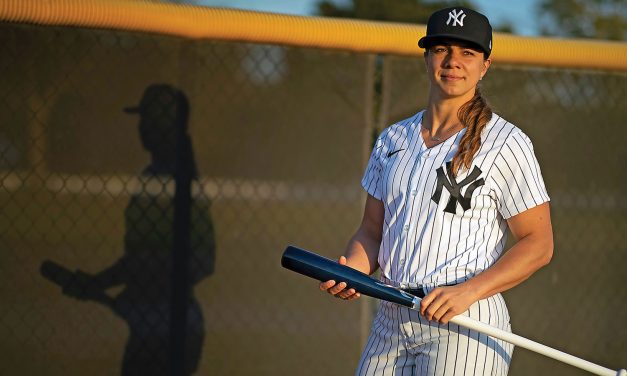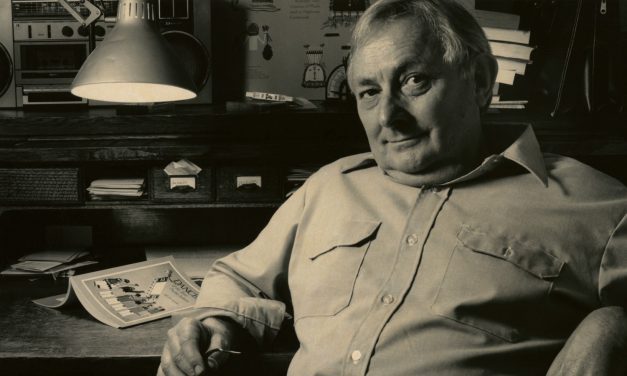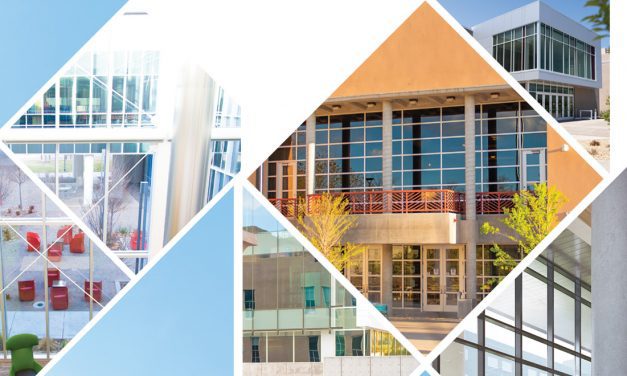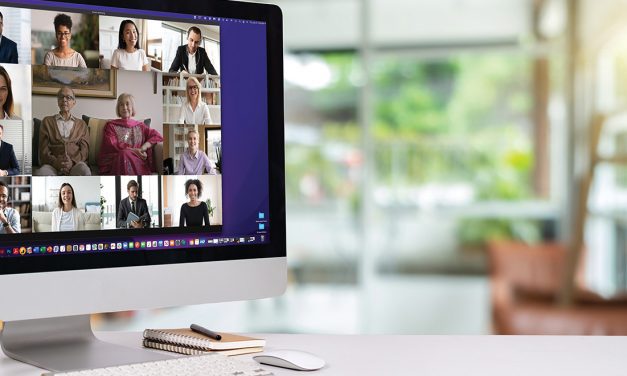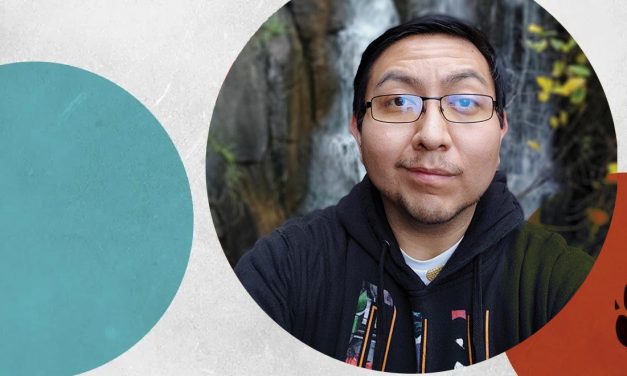
Did you open a JPEG or jump on a Zoom today?
You can thank an alumnus for creating the image technology that keeps us connected
Picture Perfect
By Kimberly Delker
Love them or hate them, Zoom, FaceTime and similar videoconference technologies have allowed us to work, go to school, gather with family during holidays and even have happy hours with friends during the prolonged global coronavirus pandemic.
Although we may take the technology on our computers and phones for granted, it wouldn’t be possible without UNM Engineering alumnus and former College of Engineering dean Nasir Ahmed (’63 MS, ’66 PhD).
It was in the years between earning his Ph.D. at UNM and returning as a professor that Ahmed developed the algorithm — a set of instructions to a computer to sort data and solve a problem — called discrete cosine transform, or DCT. The algorithm allowed for digital image compression, which made possible such technology as JPEG images, as well as the MPEG technology that allows video conferencing.
Ahmed, a native of India, is professor emeritus of electrical and computer engineering. He earned his master’s degree in 1963 and his doctorate in 1966.
He met his wife of 56 years, Esther Pariente-Ahmed (who earned a Ph.D. from UNM in 1994), while she was a student.
After graduation from UNM, Ahmed worked at Honeywell in Minneapolis for two years because he wanted some industrial experience before going into academia. He then joined the faculty of Kansas State University in the Department of Electrical and Computer Engineering in 1968. It was there that he developed the DCT technology.
Ahmed said he had been working on related technology while at Honeywell and continued that work at Kansas State, but he did not have a lot of champions.
In 1972 he applied for a research grant from the National Science Foundation, but was turned down. He didn’t give up, though, and enlisted one of his Ph.D. students, T. Natarajan, to help.
“We worked with no fanfare on huge IBM machines with punched cards to develop a working DCT algorithm,” Ahmed says. “Two guys from India coordinating the development of this mathematical function in the middle of Kansas!”
The resulting landmark publication, “Discrete Cosine Transform,” in the January 1974 issue of the journal IEEE Transactions on Computers, which has more than 5,500 citations to date, included his friend K.R Rao from the University of Texas at Arlington.
Although Ahmed knew that this technology was important, he said he could not have then imagined the way in which DCT would change the lives of millions of people, from sharing digital photographs to videoconferencing.
“Never at that time did I know the impact that it would have even today,” he says.
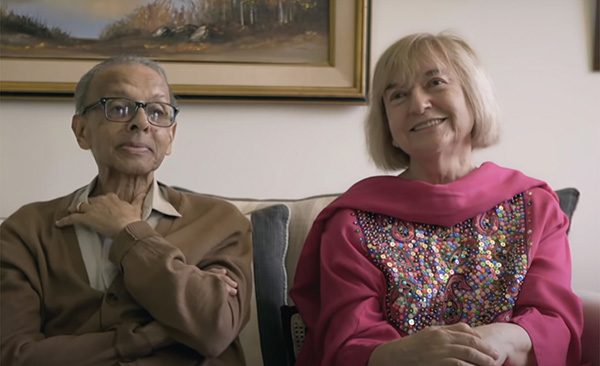
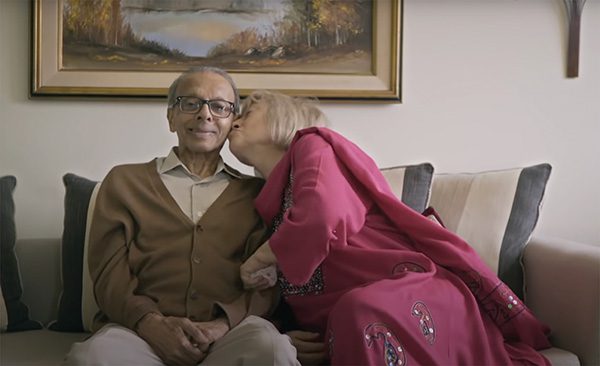
At that time, the discovery was the property of the journal, once it was published. “People always say that I must have made a lot of money from the idea, but in fact in those days, there was no money,” Ahmed says.
After Kansas, he returned to his alma mater of UNM in 1983, where he was a Presidential Professor of Electrical and Computer Engineering from 1983 to 1989, chair of the Department of Electrical and Computer Engineering from 1989 to 1994, dean of the School of Engineering from 1994 until 1996, and associate provost for research and dean of Graduate Studies from 1996 until his retirement in 2001. Ahmed also worked as a consultant for Sandia National Laboratories from 1976 to 1990 and other labs such as The Underwater Sound Lab in New London, Conn., Sandia Labs in Livermore, Calif., and Boeing in Wichita, Kan.
Retired now, Ahmed and his wife split their time between Esther’s native Argentina and La Jolla, Calif., where they enjoy walks on the beach.
They also like to watch “This is Us,” the popular NBC drama, now in its fifth season, that follows the lives of siblings Kevin, Kate and Randall. In the time of the pandemic, “This is Us” Season 5 finds the siblings and their parents living all over the country as three babies are due. They use FaceTime to stay in touch and even witness births.
As they were developing the storyline, the show’s producers got curious and decided to do some research on who originally discovered the technology that allowed video chat. Some online searching led them to Ahmed and they emailed him.
When he received an email from Jess Rosenthal, one of the producers, Ahmed thought it might be a scam and decided to consult his son, Michael Pariente, a top criminal defense attorney in Las Vegas who received “2020 Defender of the Year Award” from the Nevada Attorneys for Criminal Justice. Pariente is also an alumnus of UNM, where he received his bachelor of Business Administration degree in 1990, before receiving his master’s degree at the University of Texas in Austin, and his law degree from the Baylor University in 1998.
“Michael was concerned that, under the coronavirus situation, someone was going to try to scam us and said, ‘Mom and Dad, it’s not true. Don’t respond,’” Ahmed remembers.
But because the producers believed in this storyline, they were insistent and tried another method.
“When they didn’t get a response from us, they called Mike in Las Vegas, and he said, ‘You won’t believe it. This is for real!’”
After talking to Nasir and Esther — over Zoom, of course — they wrote them into the season The Feb. 16 episode (Season 5, Episode 8) of “This is Us” focused on storylines that allowed families to be connected during the pandemic, only due to these groundbreaking technologies.
Actors were hired to portray the younger Nasir and Esther, but before the credits rolled, viewers saw photos of the real-life Nasir and Esther and the producers summed up Ahmed’s importance to life in the 21st century: “You don’t know his name, but Nasir and his team are responsible for keeping us connected today.”
The “This is Us” episode led to stories in People and Good Housekeeping magazines and suddenly Nasir was basking in the recognition — 50 years later — of his remarkable achievement. Ahmed said it was an unusual experience to see their lives portrayed in a popular television program, and he was very glad that UNM was mentioned in the storyline.
Ahmed said he feels grateful for the life he’s lived, including his education, career and family. His maternal grandfather, M. Ali Khan, was an electrical engineer in India who was sent to the United States from 1919 to 1922 to work for General Electric on improving the overall electrification of the province of Mysore. After his retirement he returned to Bangalore in 1960, the largest city in the province. There, he met an engineering consultant from the U.S. who was hired by the government of Mysore. It turned out that this consultant was from Albuquerque and proudly spoke of the mixture of cultures and the state’s flagship university, UNM.
Later, when Ahmed was looking at graduate schools in the U.S. to attend, he first set his sights on the University of Washington because one of his cousins was there working toward his Ph.D. in physics. But his grandfather stepped in and said, “UNM is the place you have to go.”
“Albuquerque was wonderful, and I was lucky to get educated at UNM,” Ahmed says.
And, besides his education and teaching careers, UNM changed his life in one very important way. While a graduate student, Ahmed was in charge of an international student group that arrived at UNM in September 1962. It turned out that one of the members of this group was Esther, who was from Argentina, on an international scholarship as an English major. Their meeting on campus was portrayed in the “This is Us” episode with one inaccuracy.
“The actors, creator, director and all the ‘This is Us’ staff did a fantastic job portraying us, except my wife never smoked!” Ahmed says.
Spring 2022 Mirage Magazine Features
Big League
Rachel Balkovec makes baseball history, former Lobo catcher climbs the MLB ladder…
Read MoreFrom Prison to Poet
University of New Mexico alumnus Jimmy Santiago Baca found peace in the written word…
Read MoreProfessor Hillerman
In a new biography, “Tony Hillerman: A Life,” James McGrath Morris devotes a chapter to Hillerman’s years at UNM…
Read MoreForm and Function
Among campuses, which traditionally feature brick, stone and ivy, UNM has always been distinctly of New Mexico…
Read MorePicture Perfect
You can thank an alumnus for creating the image technology that keeps us connected…
Read MoreMy Alumni Story: Joshua Whitman
When I decided to attend UNM I applied to live on campus because I wanted to become involved in student life…
Read More

